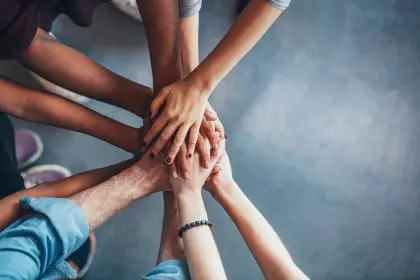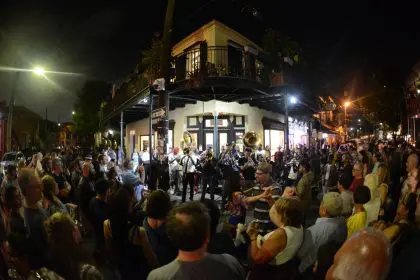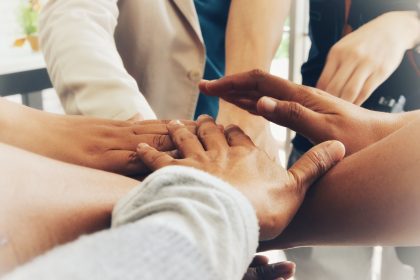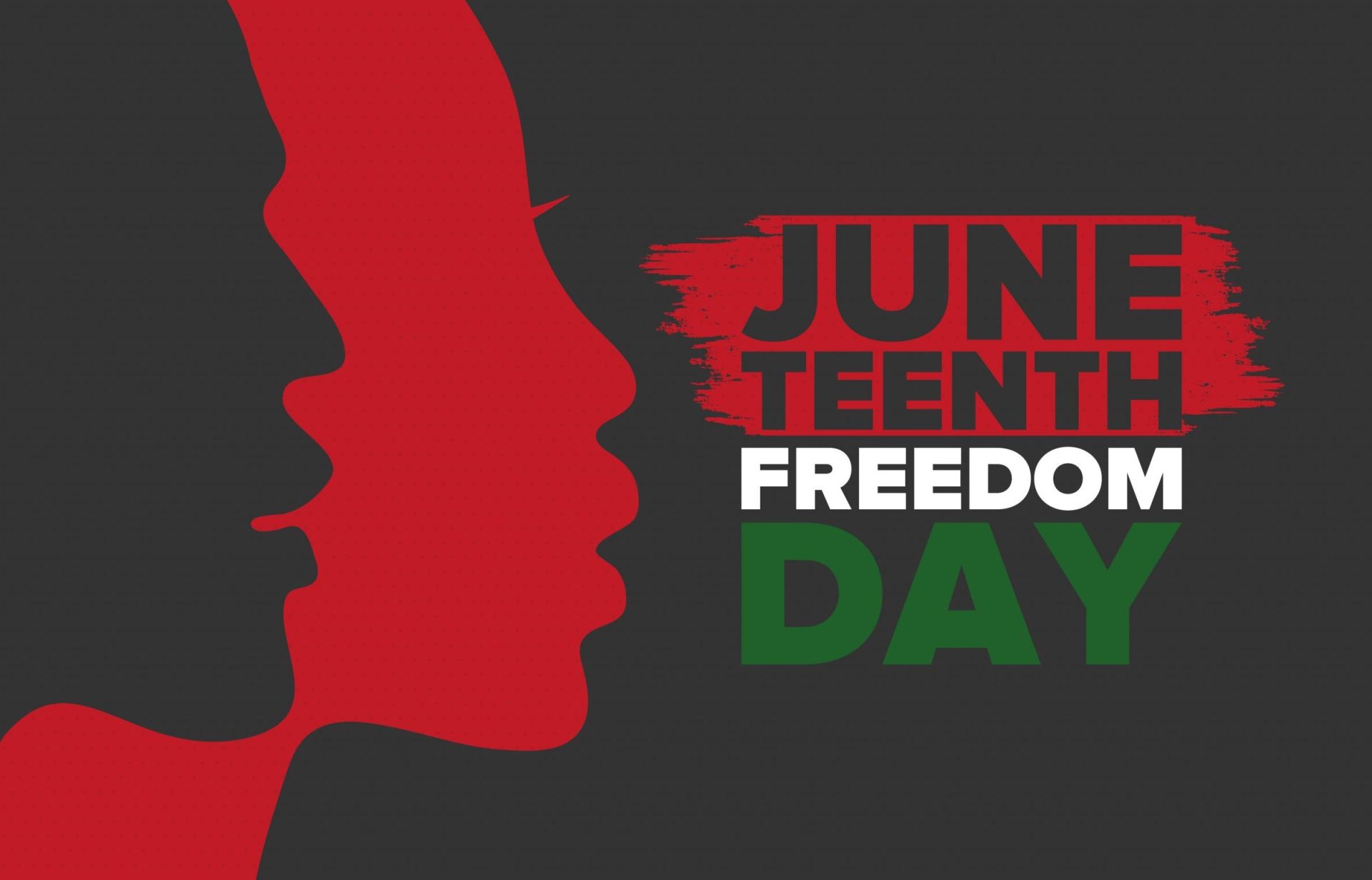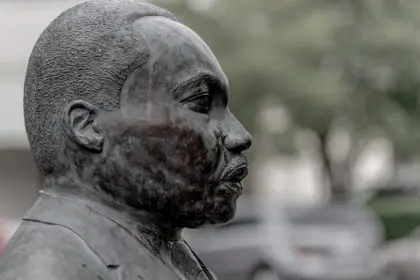In nature’s simplest lessons often lie the most profound truths about human society. Consider the stark parallel between a frog in gradually heating water and the African American experience in modern America. This compelling metaphor illuminates how communities can become unconsciously acclimated to increasingly challenging circumstances, much like the amphibian that fails to recognize the escalating danger of its environment until it’s too late.
Understanding systematic disparities
The current state of inequality in America presents a sobering reality. Recent studies reveal that African Americans face significant disparities across multiple life domains. In healthcare, Black Americans consistently experience poorer outcomes, with higher rates of chronic diseases and shorter life expectancy. The economic landscape shows persistent wage gaps, with African American professionals earning significantly less than their white counterparts, even with equivalent qualifications and experience.
The education challenge
Perhaps nowhere is the disparity more evident than in education. Current statistics show troubling patterns in academic achievement gaps, with African American students facing numerous systemic barriers. These challenges begin in early education and often persist through higher education, resulting in lower college completion rates and reduced access to career opportunities.
The justice system imbalance
The criminal justice system presents another crucial area of concern. African Americans face disproportionate rates of incarceration, with longer sentences for comparable offenses. This systematic inequality creates a ripple effect through families and communities, perpetuating cycles of disadvantage that span generations.
The gradual normalization of inequality
Like the frog in warming water, these disparities didn’t materialize overnight. They represent the culmination of generations of systematic policies and societal structures that have gradually eroded opportunities and resources in African American communities. This slow progression has made it easier for society to normalize these inequalities, making them seem like an unchangeable reality.
Reclaiming inherent strength
The core message emerging from this analysis is one of empowerment. Just as the frog possesses the natural ability to jump to safety throughout its ordeal, African American communities retain their inherent strength and capability for self-determination. This power lies dormant not because it’s lost, but because it’s temporarily forgotten in the face of generational challenges.
The role of cultural restoration
Cultural resilience plays a crucial role in community revival. By reconnecting with the strength and wisdom of ancestral traditions, communities can rebuild the foundations of success. This involves challenging modern values that prioritize immediate rewards over long-term development and reinstating principles that have historically driven African American achievement.
Nurturing future generations
A critical component of community transformation lies in youth development. Children need more than academic education; they require cultural education that reinforces their inherent value and potential. This involves creating environments where young people can envision success despite societal messages that might suggest otherwise.
Building new narratives
The power of imagination in creating change cannot be underestimated. Communities must foster environments where children can dream beyond current realities, visualizing and working toward a world of genuine equality. This includes equal access to quality education, healthcare, employment opportunities, and housing.
The path forward
The solution lies not in waiting for external rescue but in activating internal resources for community transformation. This requires a multi-faceted approach that combines:
- Educational empowerment through both traditional and cultural learning
- Economic development initiatives driven by community needs
- Health awareness and advocacy for better medical care
- Political engagement and policy reform
- Cultural preservation and celebration
The time for action is now. Like the frog that must recognize its power to jump before it’s too late, African American communities must activate their inherent strength to create positive change. This isn’t just about survival; it’s about thriving and creating a legacy of empowerment for future generations.


